 n some ways, French society is one of the most rational in the Western world. French thought process is inherently Cartesian, their educational system relies on a strong base in mathematics, and the country graduates more engineers than all other disciplines combined.
n some ways, French society is one of the most rational in the Western world. French thought process is inherently Cartesian, their educational system relies on a strong base in mathematics, and the country graduates more engineers than all other disciplines combined. But push open the door of a medical professional here and you'd think all these folks had graduated from the Dr. Bombay school of medicine.
In an ongoing quest to alleviate my foot pain, I'd been referred out to get some custom orthodics as well as physical therapy. "This will speed the healing," my surgeon assured me.
So last week I went to get my foot "read" for the orthodics. Dr M. received me in his office, which was also his living quarters. He had me walk across the room. "You are limping," he observed.
"Yes. My foot hurts."
He then asked me to step up onto a translucent platform which was set above a mirror. If this was some kind of trick to see up my skirt, he was out of luck. I was wearing trousers.
After constating that I was 'a heel walker' (and what biped is not?), he motioned for me to lay down on his examining table, saying he'd fix it all up with a little infra-red. I stuck out my foot towards the machine, wondering if it would turn my appendage into a spy with superpowers.
Several boring minutes later (spent staring at the dust-encrusted cornices of his curlycue'd ceiling), he pulled out from a wooden box The Sacred Black Mystical Healing Shroud (In reality, a torn and fraying piece of dark fabric which was as filthy as the ceiling). With this he wrapped my foot tightly and told me to repose myself for a bit. He left the room. (Surely to check on the state of the rôti de veau which I could smell from his apartment-office).
"Feeling better?" he inquired as he reentered the room.
"Um. Too early to tell." I got off the table and walked around the room. "Nope. Still hurts. But I do believe I see the image of Jesus now imprinted on my sole."
He inked my feet and I pressed them onto a piece of paper. He told me to return in a week's time to pick up the inserts. I limped out of his flat, craving roast meat.
***
That afternoon I was scheduled to visit Dr. K, the kinétherapeute. These professionals are a hybrid of masseurs, chiropractors, weight management
"You have a unique last name," Dr. K began. "I only know of one other [my last name]: the famous cyclist."
Me: "Yes. He was a cousin of my former husband."
Dr. K:"Really? I was his masseur on his Tour de France win. It is thanks to me, and my diagnosis that he was lacking in magnesium, that he won that year."
Me: "Hmmm. It's a real shame he committed suicide later."
Dr. K: "Yes. A little problem with the Armagnac."
Me: "I guess the magnesium can't cure everything, right?"
He instructed me to disrobe and walk across the room.
"You are limping."
"Yes, my foot hurts. I'm here for my foot."
He stood behind me and pressed his fingers into those dimples that ride above one's buttocks. He pronounced my morphology "lucky." This was followed by a lengthy pseudo-scientific explanation of the two types of female morphologies: the "unlucky" mediterranean one--where the woman's hips spread out to all southern European countries once she has given birth, never to snap back--and mine, the "lucky" Nordic frame, which Dr. K judged I possess (despite my being descended from a long line of overweight Eastern European peasants). "These are women with no hips, but the baby makes them carry their fat in the stomach. Once you get to your goal weight, you will see! It all snaps back!"
I glanced down at my sad and flabby lower abdomen, thinking that this man is at best, deranged; at worst, a snake-oil salesman. My latter intuition was confirmed as he continued:
"You know, if you wanted to spot reduce I can send you to a Nutritionist. I had a young patient who had a very impressive poitrine. [He glances at my bare breasts.] Her mother told me that she was planning to take her daughter to a surgeon to have a breast-reduction performed. I send her to The Nutritionist. Six weeks later--what a miracle! La fille avait fondue! (The girl had melted!) All from a papaya-based diet!"
"Why would I want to abolish my only asset?" I asked. "And honestly, do you truly believe that eating a specific food will eliminate fat from one part of the body?"
"I don't know how it works," Dr. K mused, "but it works."
Dr. K continued to share his vast knowledge of the body and its workings while he massaged my back (and foot, eventually). It would have been very nice had he shut up. 10 minutes later he told me to get up and get dressed and asked for 55 euros.
"Can we concentrate a little more on my foot?" I asked him as I wrote out his check. "My surgeon wrote the prescription for ultra-sound therapy with you."
"Of course! But I don't believe in ultra-sound." He pointed to an odd-looking, dial-filled machine on a stand by the massage table.
"Next time we will do magnets!"


 he French
he French  recently met a friend for coffee down at Le
Rostand. I love Le Rostand; it has everything a Parisian café should
have: good location (next to the Luxembourg gardens so I can go check on the
beehives when I feel the need), extended hours (I've never once encountered the
doors shut in all the years and all the odd hours I've been going there), an
interesting assortment of clients ranging from tourists to les habitués,
the latter including dogs, and--most importantly--a perfect café
crème.
recently met a friend for coffee down at Le
Rostand. I love Le Rostand; it has everything a Parisian café should
have: good location (next to the Luxembourg gardens so I can go check on the
beehives when I feel the need), extended hours (I've never once encountered the
doors shut in all the years and all the odd hours I've been going there), an
interesting assortment of clients ranging from tourists to les habitués,
the latter including dogs, and--most importantly--a perfect café
crème.
 bove the arched entryway to my girls' school is a holdover from when public learning establishments were sex-segregated: an engraved keystone which reads "Ecole Des Filles". (Above the adjacent door to the left, now leading into the vocational college, a separate entity, is its counterpoint "Ecole Des Garçons".) Although their school is now "mixte"-- part of the movement towards secularism which occurred during the last century-- the overhead epithet remains.
bove the arched entryway to my girls' school is a holdover from when public learning establishments were sex-segregated: an engraved keystone which reads "Ecole Des Filles". (Above the adjacent door to the left, now leading into the vocational college, a separate entity, is its counterpoint "Ecole Des Garçons".) Although their school is now "mixte"-- part of the movement towards secularism which occurred during the last century-- the overhead epithet remains.

 sterday, for the first time ever in history, the Monoprix opened the "10 items or less" line during the lunchhour.
sterday, for the first time ever in history, the Monoprix opened the "10 items or less" line during the lunchhour.
 reader thoughtfully pointed me
reader thoughtfully pointed me 

 hile buying the breakfast bread at the boulangerie last weekend, my eyes were drawn to the cake case. There was a small individual tarte au chocolat, as there would be (for it was Sunday, the day that the French eat treats after mass/lunch). What struck me was the careful detail on the tarte; the surface had not only little scrolls of white icing, but it also featured a small flat chocolate disk upon which was printed part of a piece of sheet music, in edible gold. It was delicate and beautiful.
hile buying the breakfast bread at the boulangerie last weekend, my eyes were drawn to the cake case. There was a small individual tarte au chocolat, as there would be (for it was Sunday, the day that the French eat treats after mass/lunch). What struck me was the careful detail on the tarte; the surface had not only little scrolls of white icing, but it also featured a small flat chocolate disk upon which was printed part of a piece of sheet music, in edible gold. It was delicate and beautiful. id you know that the city of Paris has a de-snowing schedule?
id you know that the city of Paris has a de-snowing schedule?
 aris metro tiles, kilometers of which make up commuters' daily landscapes, are now a
aris metro tiles, kilometers of which make up commuters' daily landscapes, are now a 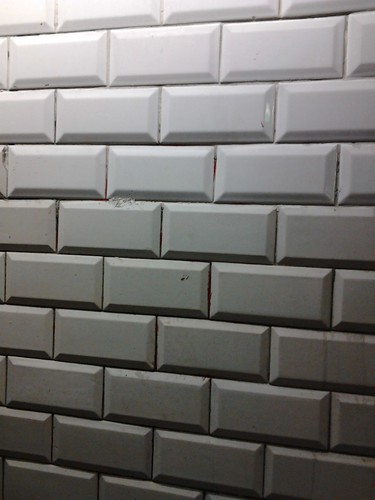
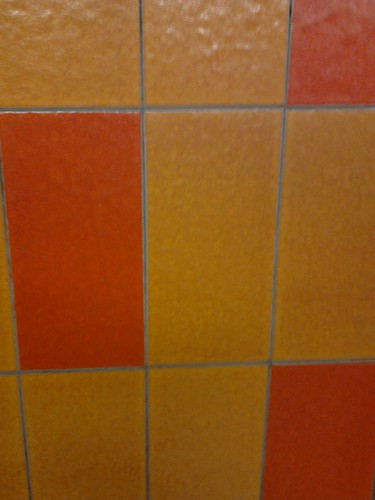
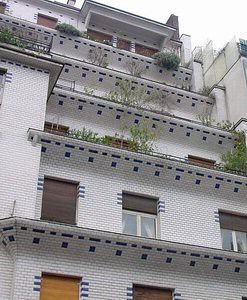
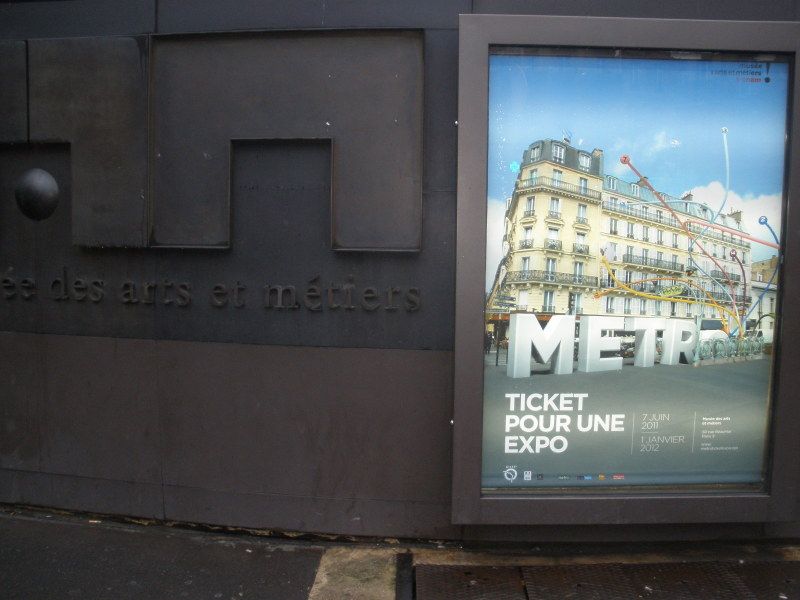
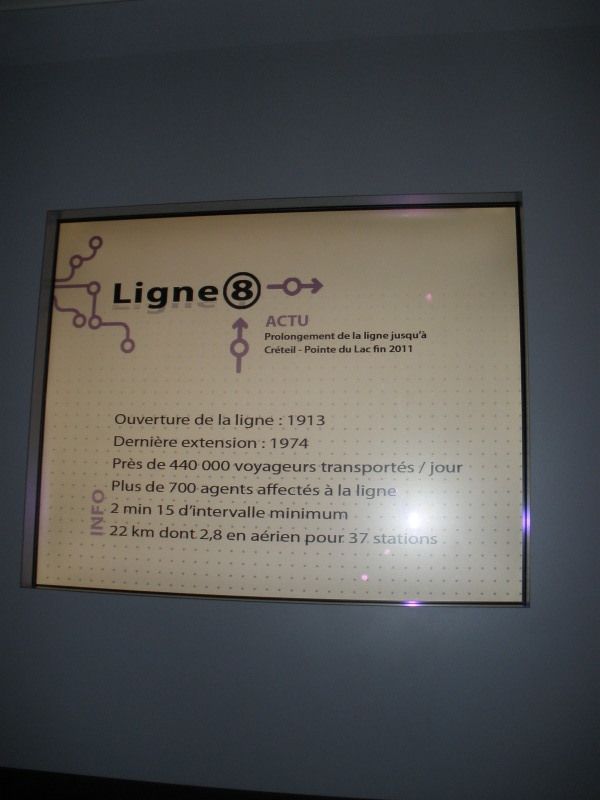
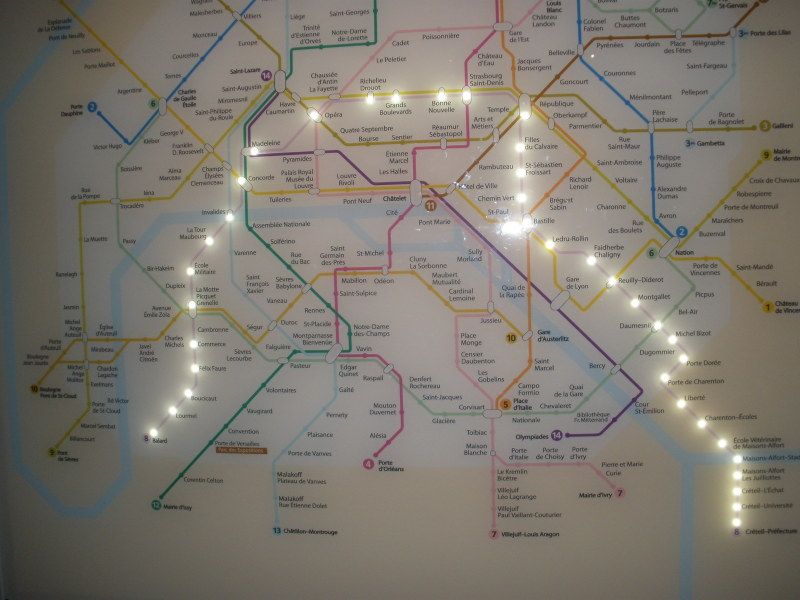
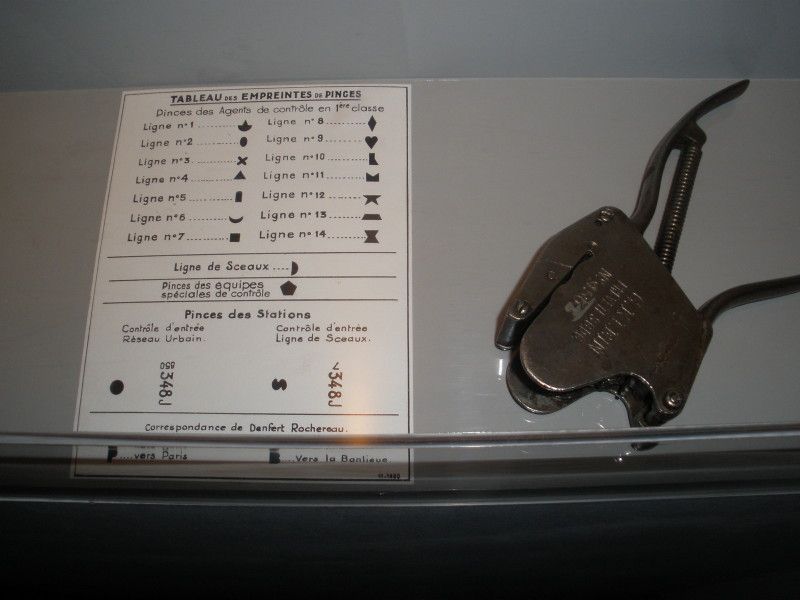
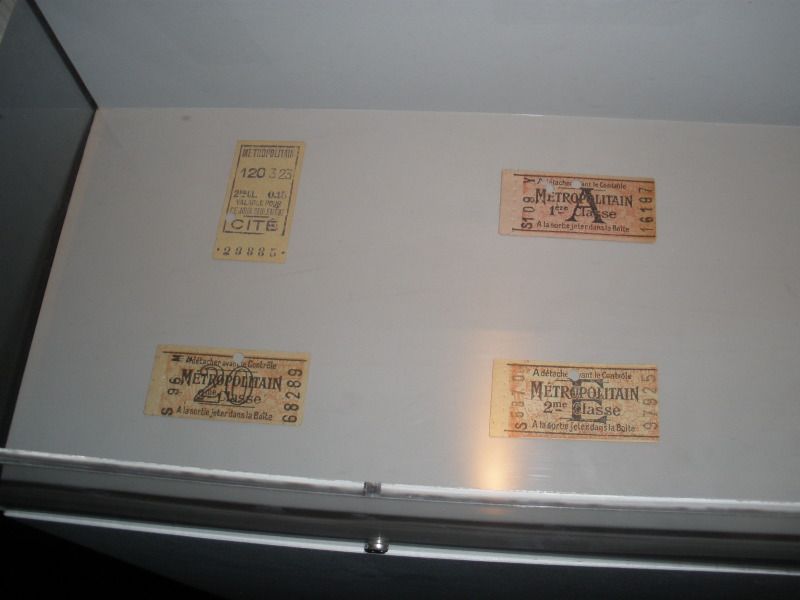
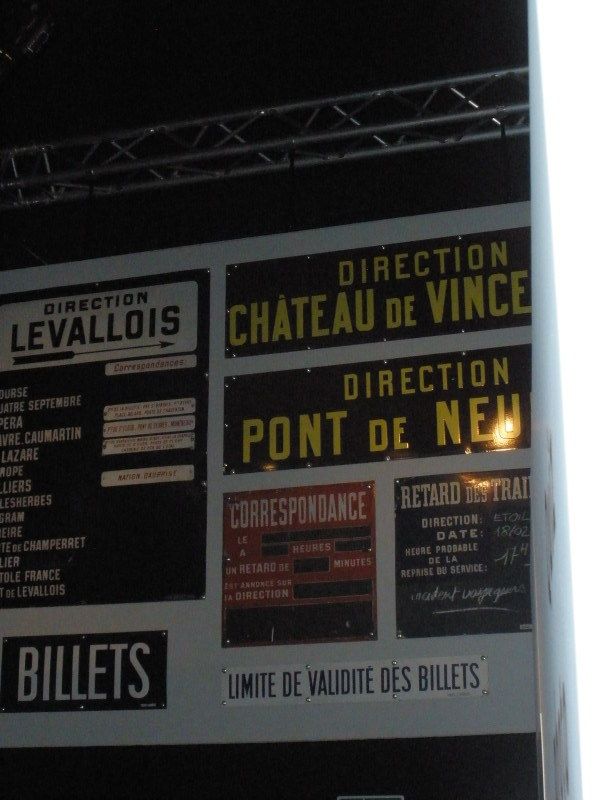
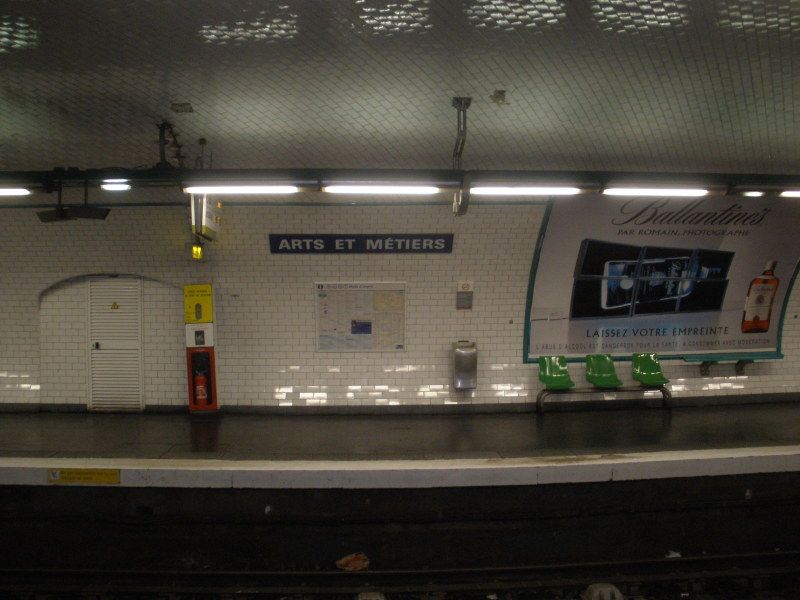









 ’arabe du coin » or the corner Arab, is the term—racist and pejorative in nature—that the Parisians use to refer to the small neighbourhood grocers which stay open late and on Sundays in this city. Their goods are pricey and limited, but often exotic (pistachios and pastries from the Middle East; Jergen’s Hand Lotion imported from Tunisa and bearing a label straight out of the 1960s; the whole line of Cadbury chocolate snacks) and obscure.
’arabe du coin » or the corner Arab, is the term—racist and pejorative in nature—that the Parisians use to refer to the small neighbourhood grocers which stay open late and on Sundays in this city. Their goods are pricey and limited, but often exotic (pistachios and pastries from the Middle East; Jergen’s Hand Lotion imported from Tunisa and bearing a label straight out of the 1960s; the whole line of Cadbury chocolate snacks) and obscure.